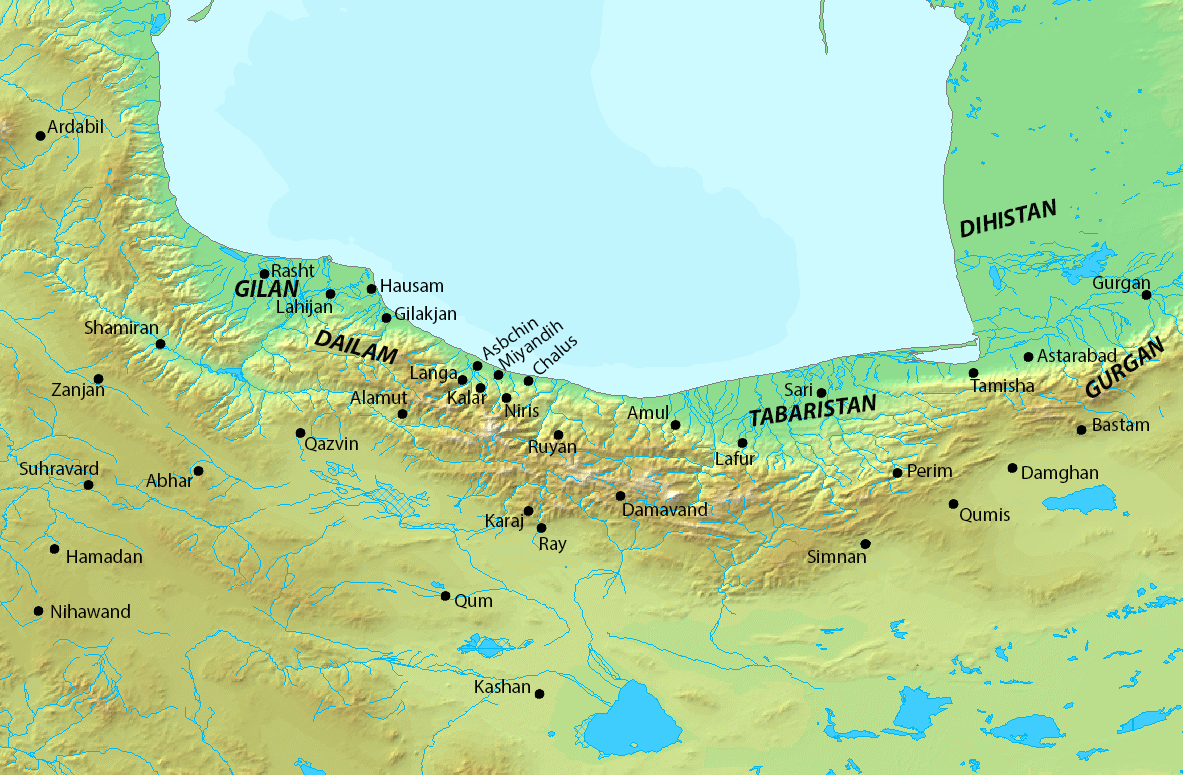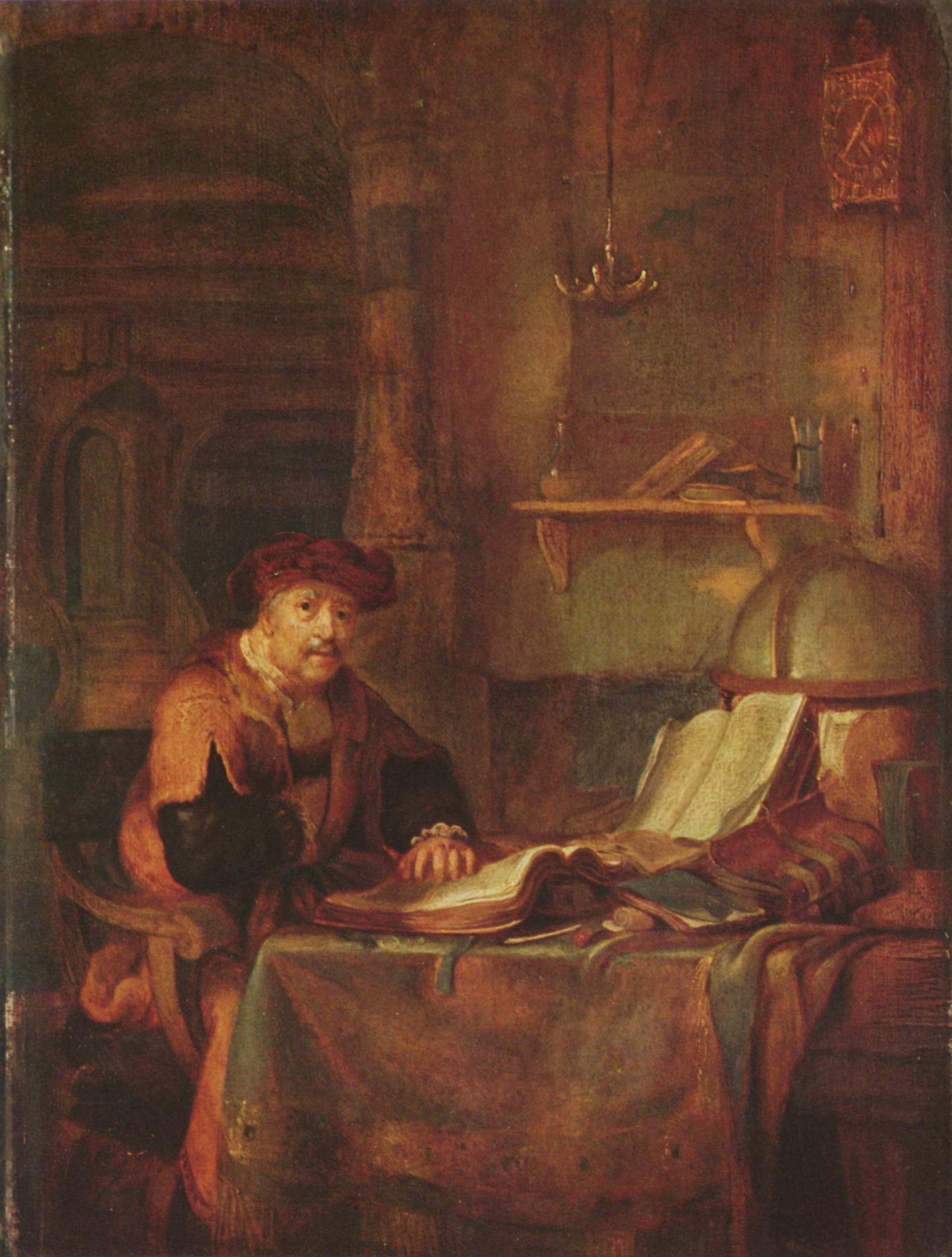|
Uyoun Akhbar Al-Ridha
Uyoun Akhbar Al-Ridha ( ar, عُيُون أَخْبَار ٱلرِّضَا, Uyūn ʾAkhbār ar-Riḍā), counted as a Hadith book among Shia, the book was written by Ibn Babawayh, one of the great scholars of Shia Muslims. The book concerned with saying and life of the eighth Shia Imam Ali al-Ridha. Compiler Abu Ja'far Muhammad ibn 'Ali ibn Babawayh al-Qummi, better known as Ibn Babawayh or Sheikh al-Saduq, was born circa 923 in Qom and died 991 in Rayy. He was also author of one of the authoritative four books of Hadith Man La Yahduruhu al-Faqih. Ibn Babawayh was a Twelver Shi‘icompiler of Man la Yahdaruhu al-Faqih (He Who Has No Jurisprudence with Him), which was later considered the second great collection of Twelver Shi‘i hadith, after Kulayni's al-Kafi, and numerous other collections of the Imams’ traditions. Ibn Babawayh collected many traditions from his father, a throughout the region collecting traditions. His Uyoun Akhbar al-Rida (Sources of the Traditions ... [...More Info...] [...Related Items...] OR: [Wikipedia] [Google] [Baidu] |
Ibn Babawayh
Abu Ja'far Muhammad ibn 'Ali ibn Babawayh al-Qummi ( Persian: ar, أَبُو جَعْفَر مُحَمَّد ٱبْن عَلِيّ ٱبْن بَابَوَيْه ٱلْقُمِيّ; –991), commonly referred to as Ibn Babawayh (Persian: ar, ٱبْن بَابَوَيْه, link=no) or al-Shaykh al-Saduq (Persian: ar, ٱلشَّيْخ ٱلصَّدُوق, lit=the truthful scholar, link=no) was a Persian Shia Islamic scholar whose work, entitled '' Man La Yahduruhu al-Faqih'' (), forms part of The Four Books of the Shia Hadith collection. Ludwig W. Adamec (2009), ''Historical Dictionary of Islam'', p.135. Scarecrow Press. . Life The patronymic, ''Ibn Babawayh'' indicates a Persian origin, as ''Babawayh'' is an Arabic form of the Persian name ''Babuyah''.Fyzee A. "A Shi'ite Creed." Calcutta, 1942 p8 footnote 2. For some length of time, unknown, the family had been devout adherents of Shia Islam. Ibn Babawayh's father, Ali ibn Babawayh Qummi (d. 939 CE) was a leading f ... [...More Info...] [...Related Items...] OR: [Wikipedia] [Google] [Baidu] |
Bihar Al-Anwar
''Bihar al-Anwar'' ( ar, بِحَار ٱلْأَنْوَار, lit. ''Seas of Lights'') is a comprehensive collection of traditions (''ahadith'') compiled by Shia scholar Mohammad-Baqer Majlesi (d. 1110/1698), known as ''Allama Majlisi''. It is a hadith collection as the secondary source used beside the four books. Bihar al-Anwar which a compendium of Hadiths, historical subjects and commentaries on many Qur'anic verses, completed between 1106 AH (1694 AD) and 1110 AH (1698 AD). Title The full name of the book, ''Biḥār al-ʾAnwār al-Jāmiʿah li-Durar ʾAkhbār al-ʾAʾimmah al-Aṭhār'' ( ar, بِحَار ٱلْأَنْوَار ٱلْجَامِعَة لِدُرَر أَخْبَار ٱلَأَئِمَّة ٱلْأَطْهَار) (lit. ''Seas of Lights: The Collection for Pearls of Traditions of the Pure Imams'') illustrates that Majlisi did not collect anything he had access to in the book. Author Mohammad-Baqer Majlesi was born in 1617 in Isfahan. He was a student of Mulla S ... [...More Info...] [...Related Items...] OR: [Wikipedia] [Google] [Baidu] |
Eʿteqādātal-Emāmīya
Creeds of shia or Eʿteqādātal-Emāmīya is one of the most important works of al-Shaykh al-Saduq; it presents a summary of all of the core tenets of the Shi'ite creed. Subject More than 200 separate works have been attributed to Ibn Bābawayh, although only a few are now extant. His Risālat al-iʿtiqādāt (Shīʿite Creed, 1942) is important for the study of the doctrinal development of Shīʿah. His works are still widely used wherever Twelver Shīʿī are found. the book include most important beliefs and theological subjects among Shia. Features Ebn Bābawayh wrote three creeds: probably his earliest at the beginning of his Hedāya, the present work namely the Creeds of shia or Eʿteqādātal-Emāmīya, which is the longest, and another in his Al-Amali (of Shaykh Saduq) he wrote the creeds of Shia in Nishabur Nishapur or officially Romanized as Neyshabur ( fa, ;Or also "نیشاپور" which is closer to its original and historic meaning though it is less commonly u ... [...More Info...] [...Related Items...] OR: [Wikipedia] [Google] [Baidu] |
Al-Amali (of Shaykh Saduq)
''Al-Amali'' ( ar, الامالي) means "book of dictations". The Al-Amali of Shaykh Saduq is a hadith collection by al-Shaykh al-Saduq, the shia jurist and theologian. Amālī or Majāles (Beirut, 1400/1980), recorded his regular Tuesday and Friday sessions in Nīšāpūr in 367-68/978-79. These dictations consist of miscellaneous traditions, but mostly accounts of the virtues of the Imams. These include the virtues and moral character of the household of Muhammad and moral exhortations. Subjects Amali is a word applied to books in which prominent Muslims expressed their insights and thoughts, which they believed were bestowed upon them by Allah, a process which is viewed as a tradition among Muslim scholars. Features This book is also known as Majlis, because it was collected as a result of meetings among Sheykh Al Sadouq and others. The book includes 97 Majlis. The first meeting took place in 18th of Rajab month 367 lunar Hijrah. The last summit occurred in Shaban month i ... [...More Info...] [...Related Items...] OR: [Wikipedia] [Google] [Baidu] |
Al-Amali (of Shaykh Mufid)
''Al-Amali'' or ''The Dictations'' is a theological, religious and historical book written by Shaykh Mufid. This book includes the ethical and theological beliefs among Shia. Concept The tradition of writing Amali refers to a particular style in Islamic cultures such as disciplines like jurisprudence, tradition and literature. In other words, this concept designated on writing and arrangement of Hadith by hearers. This custom has three parts:one part is one who hear the hadith or traditions and dictate them as Mostamli. The second part is one who speaks and explains the tradition as Momli and third part is the action of dictation as Imla. Author Shaykh Mufid was a prominent Twelver Shi'a theologian. He was son of ''Muallim'', hence called ''Ibn Muallim''.Taught by Al-Shaykh al-Saduq, Ibn Qulawayh, Abu Abdallah al-Basri and al-Rummani, Sharif al-Murtaza Abū al-Qāsim ʿAlī ibn al-Ḥusayn al-Sharīf al-Murtaḍā ( Arabic: أبو القاسم علي بن الحسين الشر ... [...More Info...] [...Related Items...] OR: [Wikipedia] [Google] [Baidu] |
Al-Khisal
''Al-Khisal'' (Arabic:الخصال) or ''The Book of Characters'' by Ibn Babawayh is a book about morals and religious beliefs. Contents ''Al-Khisal'' contains narrations about ethics, religious beliefs, and other subjects. The book has 26 numbered parts and includes 1,225 hadith. In Al-Khisal, Shaykh Saduq has prepared a collection of traditions in an interesting way. The main themes of the traditions are ethics, manners and good characteristics. All the traditions are presented with a complete record of transmission. Furthermore, they are divided into different groups according to numbers e.g. all the traditions related to the number one are gathered in one part then traditions related to number two and so on. It starts with one and ends with one million. Al-Khisal seems to be the first on record to be compiled with this style. Moreover, Al-Khisal is a great encyclopedia on Islamic knowledge and many authoritative works on Shi'ite traditions such as Bihar Al-Anwar have cited it as ... [...More Info...] [...Related Items...] OR: [Wikipedia] [Google] [Baidu] |
Sahib Ibn Abbad
Abu’l-Qāsim Ismāʿīl ibn-i ʿAbbād ibn-i ʿAbbās ( fa, ابوالقاسم اسماعیل بن عباد بن عباس; born 938 - died 30 March 995), better known as Ṣāḥib ibn-i ʿAbbād (), also known as Ṣāḥib (), was a Persian scholar and statesman, who served as the grand vizier of the Buyid rulers of Ray from 976 to 995. A native of the suburbs of Isfahan, he was greatly interested in Islamic culture, and wrote on dogmatic theology, history, grammar, lexicography, scholarly criticism and wrote poetry and '' belles-lettres''. Biography Family and early life Sahib was born on 14 September 938 in Talaqancha, a village roughly 20 miles south of the major Buyid city of Isfahan. His father was Abu'l-Hasan Abbad ibn Abbas (d. 946), a renowned and well-educated administrator, who composed works on the Mu'tazili doctrine. Sahib spent his childhood at Talakan, a town in Daylam near Qazvin. He later settled in Isfahan, and served for some time as an official of the ... [...More Info...] [...Related Items...] OR: [Wikipedia] [Google] [Baidu] |
Isfahan
Isfahan ( fa, اصفهان, Esfahân ), from its ancient designation ''Aspadana'' and, later, ''Spahan'' in middle Persian, rendered in English as ''Ispahan'', is a major city in the Greater Isfahan Region, Isfahan Province, Iran. It is located south of Tehran and is the capital of Isfahan Province. The city has a population of approximately 2,220,000, making it the third-largest city in Iran, after Tehran and Mashhad, and the second-largest metropolitan area. Isfahan is located at the intersection of the two principal routes that traverse Iran, north–south and east–west. Isfahan flourished between the 9th and 18th centuries. Under the Safavid dynasty, Isfahan became the capital of Persia, for the second time in its history, under Shah Abbas the Great. The city retains much of its history. It is famous for its Perso–Islamic architecture, grand boulevards, covered bridges, palaces, tiled mosques, and minarets. Isfahan also has many historical buildings, monuments, pa ... [...More Info...] [...Related Items...] OR: [Wikipedia] [Google] [Baidu] |
Greater Khorasan
Greater Khorāsān,Dabeersiaghi, Commentary on Safarnâma-e Nâsir Khusraw, 6th Ed. Tehran, Zavvâr: 1375 (Solar Hijri Calendar) 235–236 or Khorāsān ( pal, Xwarāsān; fa, خراسان ), is a historical eastern region in the Iranian Plateau between Western and Central Asia. The name ''Khorāsān'' is Persian and means "where the sun arrives from" or "the Eastern Province".Sykes, M. (1914). "Khorasan: The Eastern Province of Persia". ''Journal of the Royal Society of Arts'', 62(3196), 279-286.A compound of ''khwar'' (meaning "sun") and ''āsān'' (from ''āyān'', literally meaning "to come" or "coming" or "about to come"). Thus the name ''Khorasan'' (or ''Khorāyān'' ) means "sunrise", viz. " Orient, East"Humbach, Helmut, and Djelani Davari, "Nāmé Xorāsān", Johannes Gutenberg-Universität Mainz; Persian translation by Djelani Davari, published in Iranian Languages Studies Website. MacKenzie, D. (1971). ''A Concise Pahlavi Dictionary'' (p. 95). London: Oxford Univers ... [...More Info...] [...Related Items...] OR: [Wikipedia] [Google] [Baidu] |
Scholars
A scholar is a person who pursues academic and intellectual activities, particularly academics who apply their intellectualism into expertise in an area of study. A scholar can also be an academic, who works as a professor, teacher, or researcher at a university. An academic usually holds an advanced degree or a terminal degree, such as a master's degree or a doctorate (PhD). Independent scholars, such as philosophers and public intellectuals, work outside of the academy, yet publish in academic journals and participate in scholarly public discussion. Definitions In contemporary English usage, the term ''scholar'' sometimes is equivalent to the term ''academic'', and describes a university-educated individual who has achieved intellectual mastery of an academic discipline, as instructor and as researcher. Moreover, before the establishment of universities, the term ''scholar'' identified and described an intellectual person whose primary occupation was professional research. In ... [...More Info...] [...Related Items...] OR: [Wikipedia] [Google] [Baidu] |
Ray, Iran
Shahr-e Ray ( fa, شهر ری, ) or simply Ray (Shar e Ray; ) is the capital of Ray County in Tehran Province, Iran. Formerly a distinct city, it has now been absorbed into the metropolitan area of Greater Tehran as the 20th district of municipal Tehran, the capital city of the country. Historically known as Rhages (), Rhagae and Arsacia, Ray is the oldest existing city in Tehran Province. In the classical era, it was a prominent city belonging to Media, the political and cultural base of the Medes. Ancient Persian inscriptions and the Avesta (Zoroastrian scriptures), among other sources, attest to the importance of ancient Ray. Ray is mentioned several times in the Apocrypha. It is also shown on the fourth-century Peutinger Map. The city was subject to severe destruction during the medieval invasions by the Arabs, Turks, and Mongols. Its position as a capital city was revived during the reigns of the Buyid Daylamites and the Seljuk Turks. Ray is richer than many other anci ... [...More Info...] [...Related Items...] OR: [Wikipedia] [Google] [Baidu] |





